Poet Patience Agbabi re-writes Geoffrey Chaucer’s Canterbury Tales with characters from modern-day England.
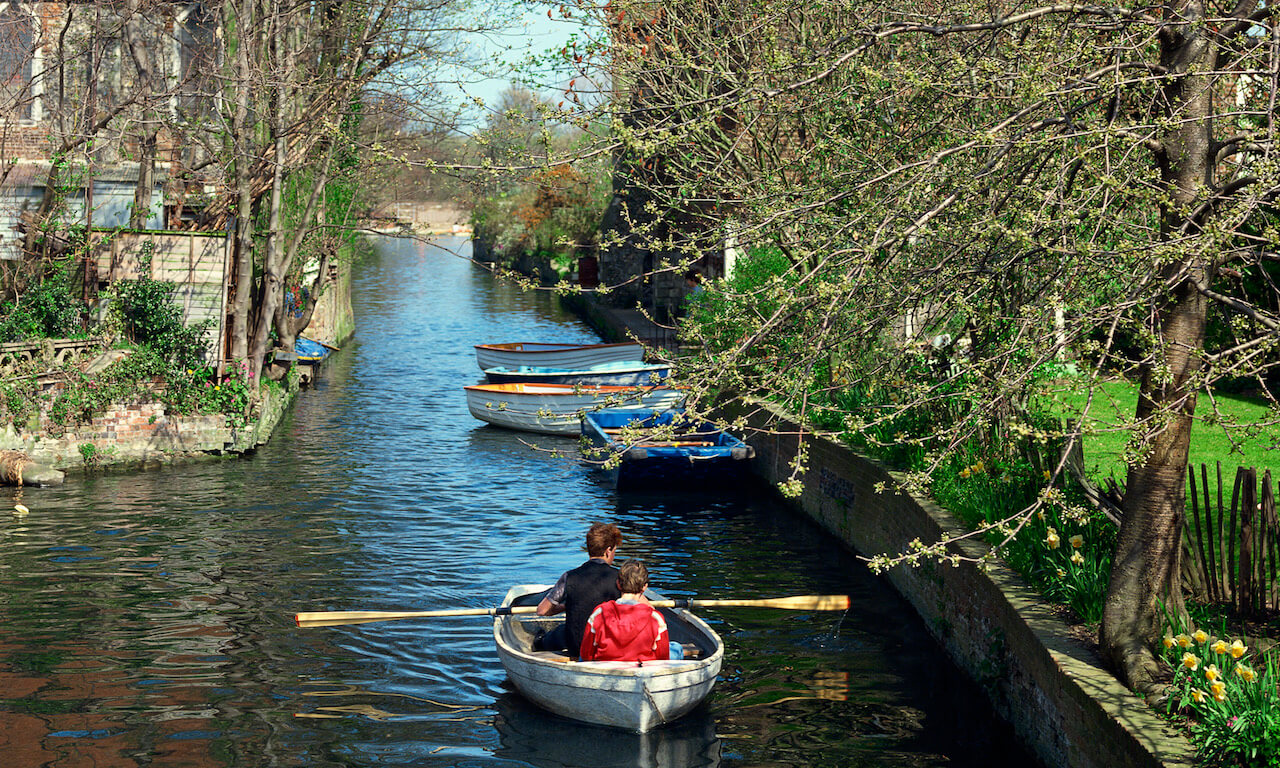

Poet Patience Agbabi re-writes Geoffrey Chaucer’s Canterbury Tales with characters from modern-day England.

Using “cold case” investigation methods and hi-tech data analysis, a team of experts is working to determine whether someone told the Gestapo about the secret annex, or if the discovery of the Frank family was merely a matter of chance.
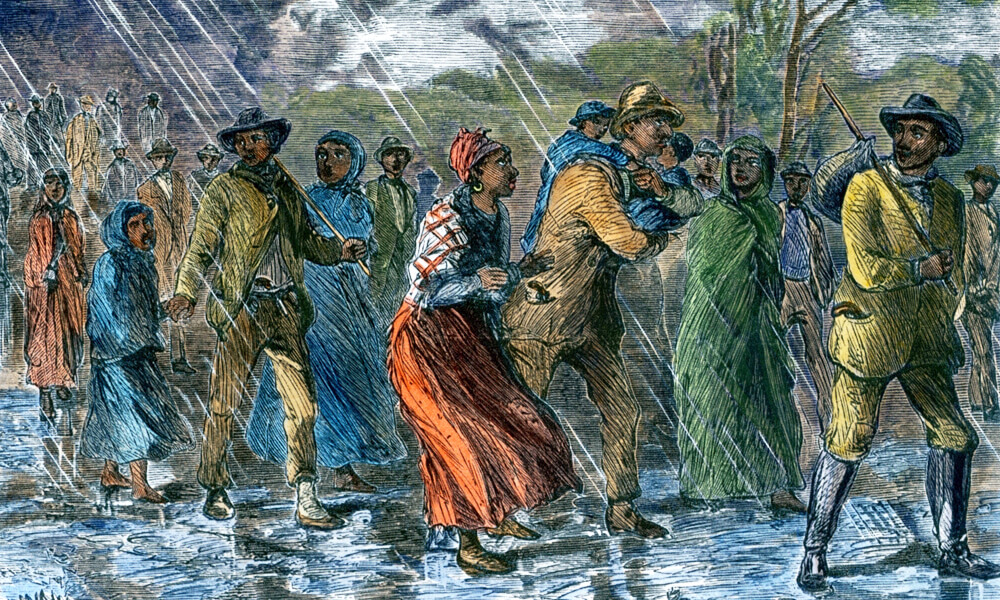
In March of 2017, the Harriet Tubman Underground Railroad Visitor Center opened in Maryland. Read this article to learn more about the center, along with several other reasons Tubman has received fresh attention recently.

Fridtjof Nansen would have been a hero in his native Norway if he had only been a brilliant scientist or an intrepid explorer or an innovative diplomat or a life-saving humanitarian. But he was all of these, and more.

This article examines the complexities of farming technology and its environmental impact since the invention of John Deere’s steel plow in 1833.
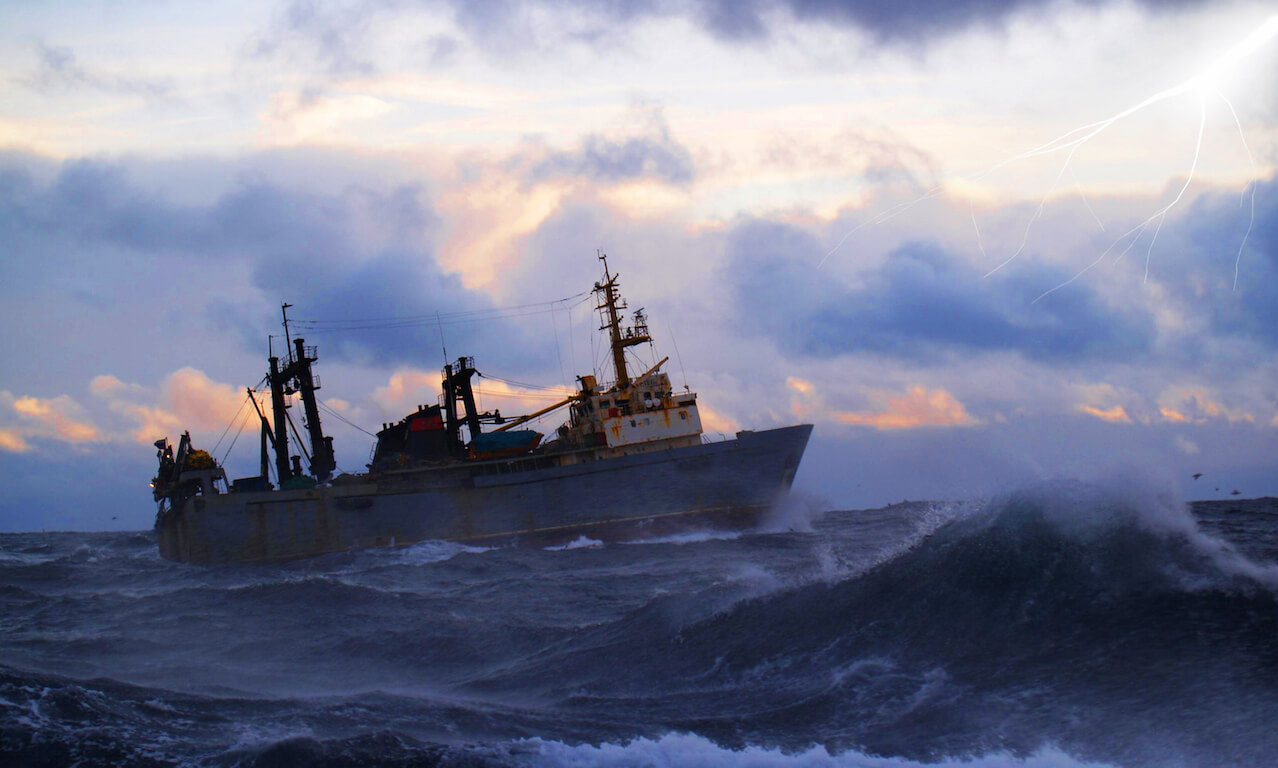
Critic Jayne Anne Phillips outlines Stephen Crane’s life as she reviews Stephen Crane: A Life of Fire, a 2014 biography of the American author written by Paul Sorrentino.
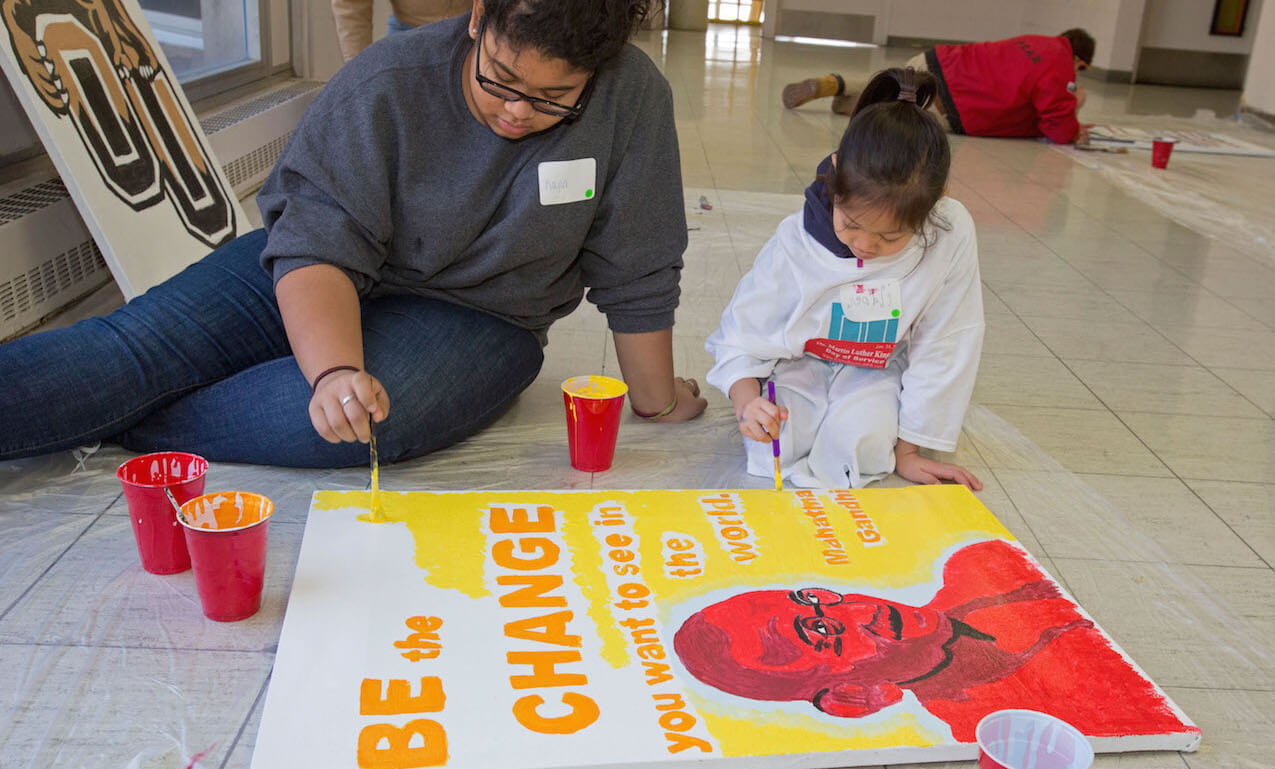
Read this article and watch the video to learn about the life of Mohandas Gandhi, whose method of peaceful resistance continues to inspire activists today.
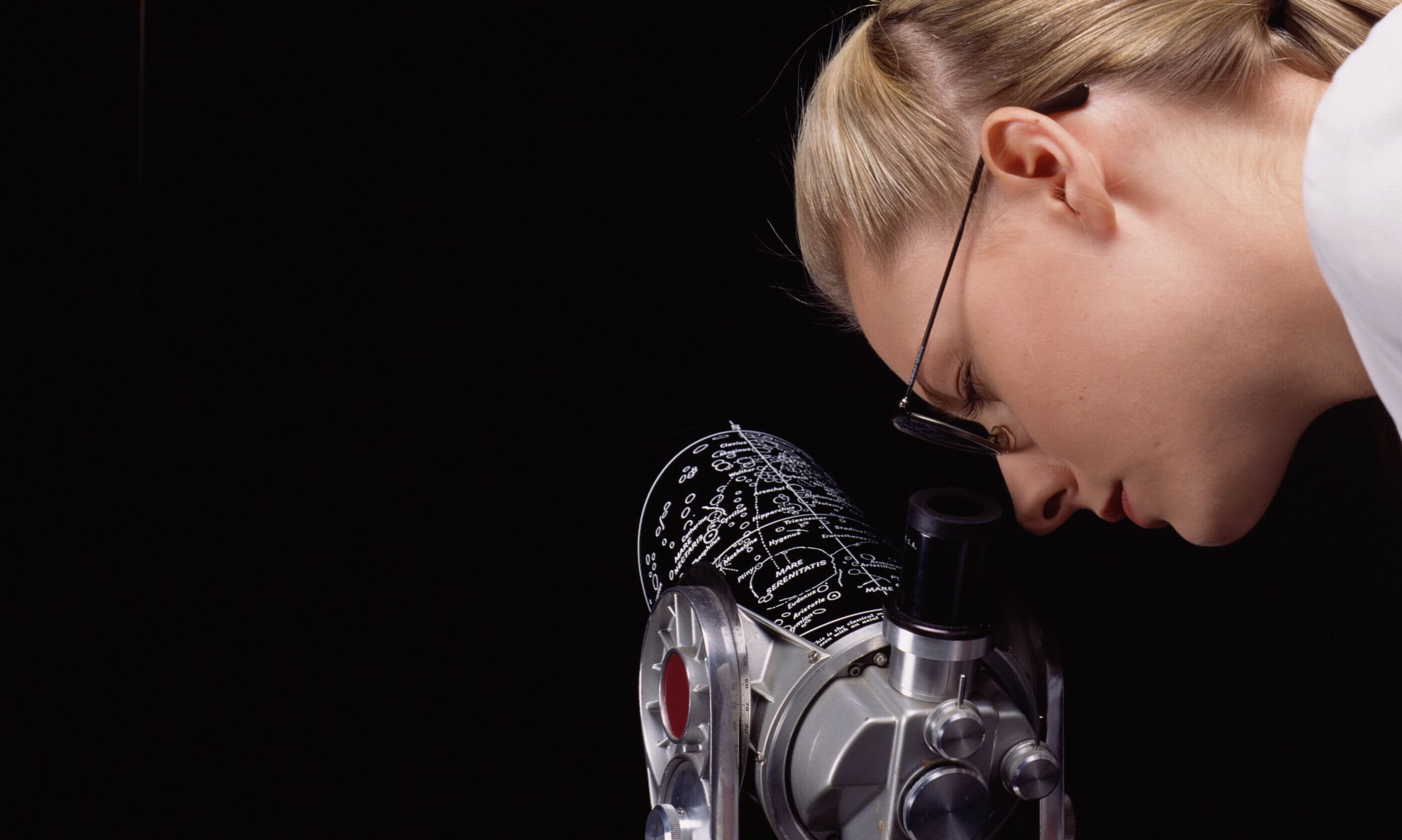
In the early 1800s, astronomy was seen as a feminine hobby. As it became professionalized, women started to become sidlined. Scientists like Maria Mitchell fought for women’s place in the field.
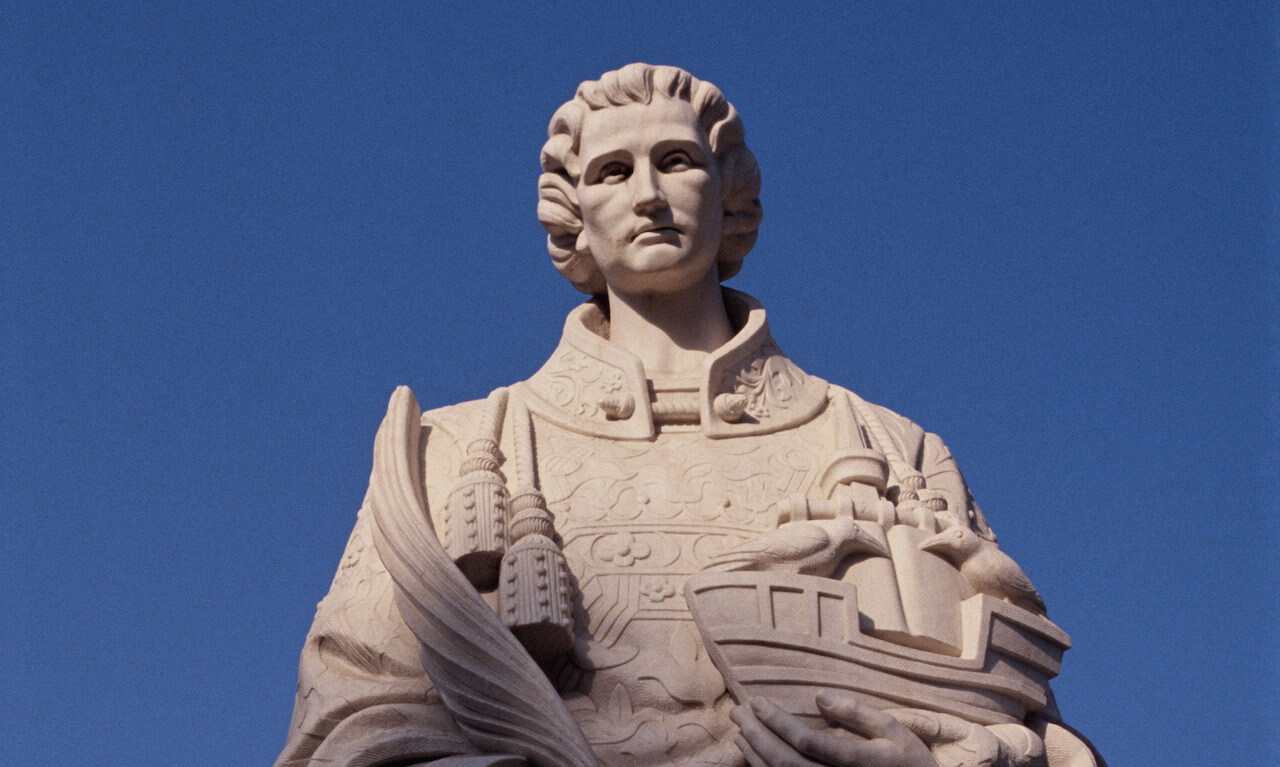
Acknowledging the role European settlement in the Americas had on native people, the city of Los Angeles renamed the holiday to commemorate Christopher Columbus as “Indigenous Peoples Day.”

In September 2017, a new comic book version of Anne Frank’s story hit the shelves. This version is different than other Anne Frank comic books and graphic novels because it has been officially endorsed by the Anne Frank Foundation. Read this article for more details.
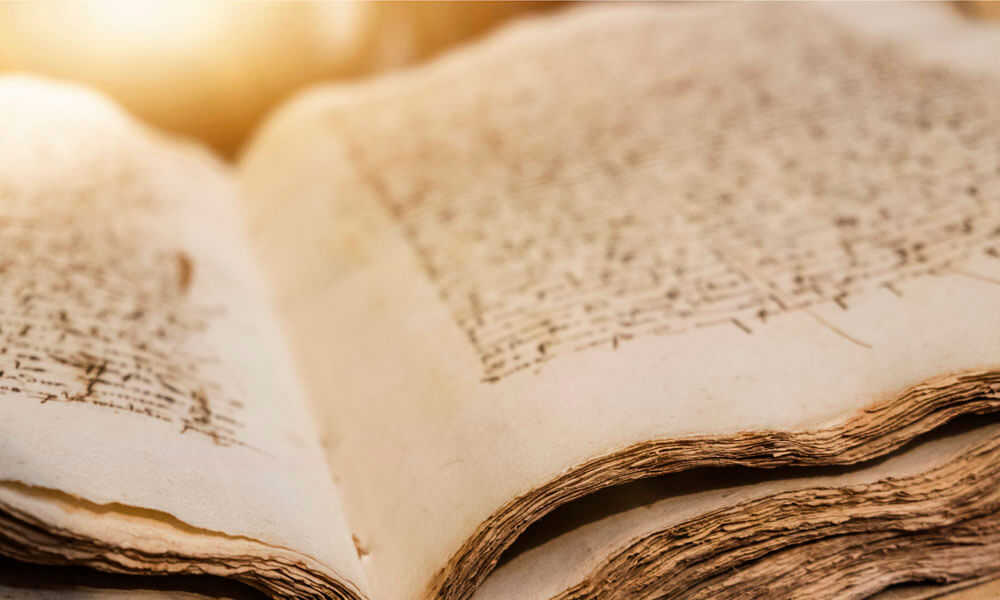
Read to learn about a professor who recently found one of the only manuscripts known to be written by a slave during his bondage. The professor has preserved the document by creating a digital version of the manuscript in its original form.

Get an overview of ideas that were once rejected but that we now see as valid.

Learn about the life and work of a civil rights activist who worked with Cesar Chavez.
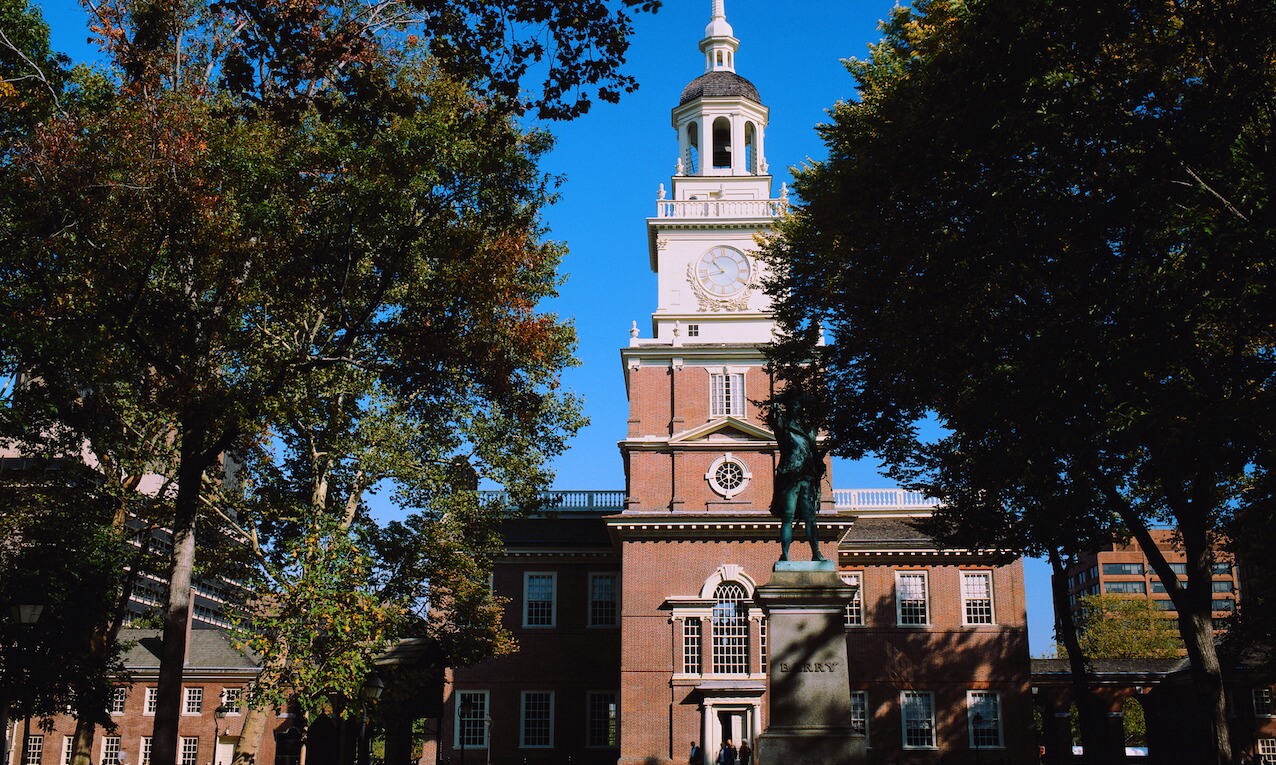
Culture reporter Jennifer Schuessler reviews the Museum of the American Revolution, which opened in Philadelphia in April.

In this biographical essay, literary critic Adam Kirsch argues that Robert Frost led a kind of double life that was necessary to create his acclaimed poetry.

In 1852, Frederick Douglass gave a famous speech criticizing the celebration of Independence Day in a time of slavery. This article suggests that Douglass’ speech is as relevant today as it was before slavery was abolished in the United States.

Elisha Wiesel, son of Elie Wiesel, has not always embraced the responsibility of carrying on his father’s legacy of speaking out for human rights. Nevertheless, he now finds himself carrying the torch.
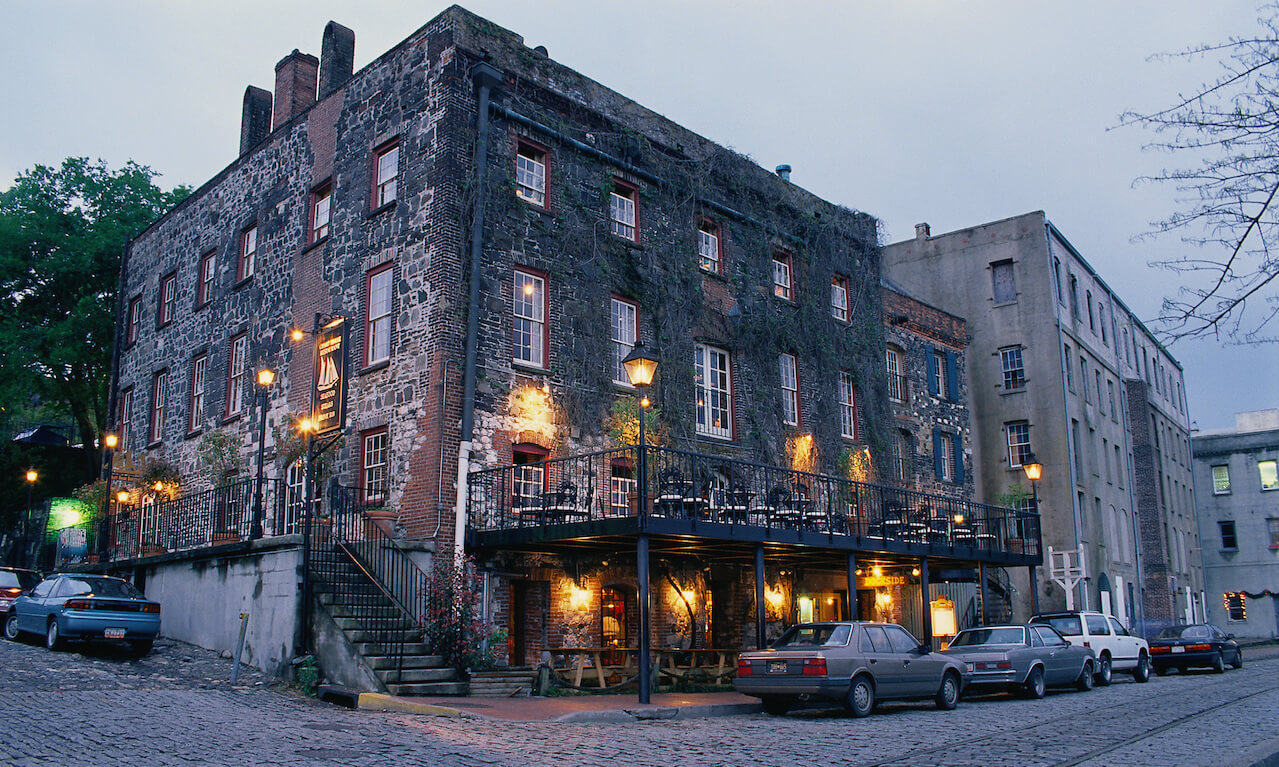
In 1864, William Tecumseh Sherman led a hard-war strategy of pillaging and destorying property in the South, leaving civilians depleted.
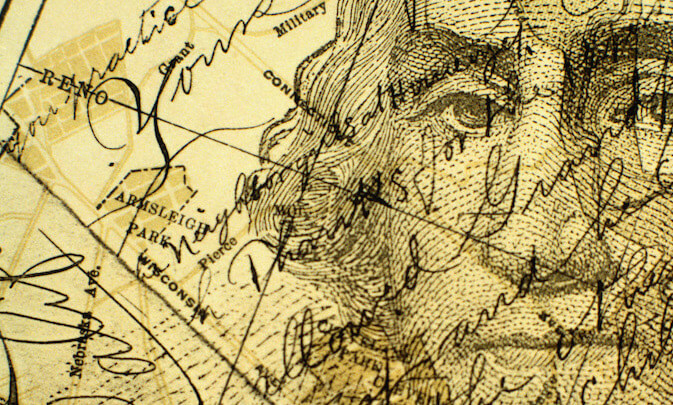
George Washington led an effort to create a network of spies to help win the American Revolution.

In this biography, read how the events of Emerson’s life led him to be a central member of the American Transcendalist movement.